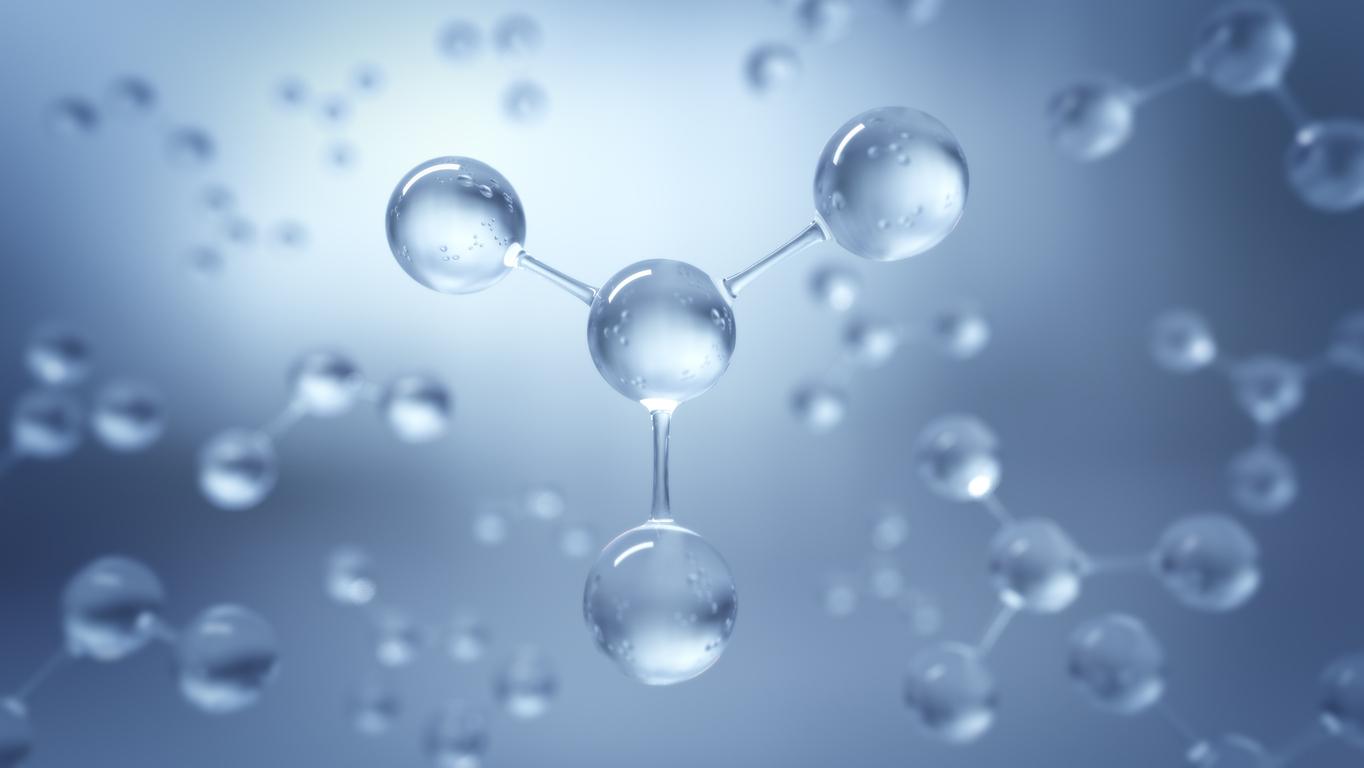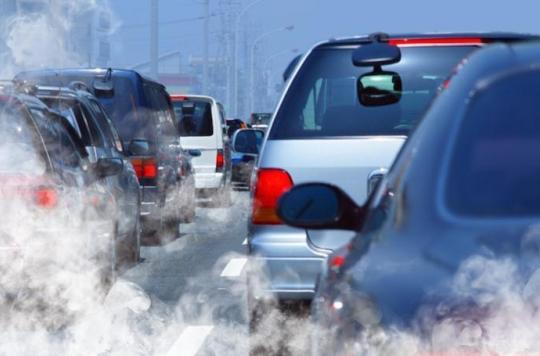Ozone exposure (O3) can reduce the availability of oxygen in the body, which leads to arterial rigidity due to the natural reaction of the body to create more red blood cells and hemoglobin.

- Even a brief exposure to high ozone levels reduces blood oxygen saturation.
- This leads to compensatory increases in red blood cells and hemoglobin, which exacerbate arterial rigidity.
- According to researchers, these results give a new overview of the mechanisms underlying the cardiovascular lesions induced by exposure to ozone.
“Ozone pollution (O3) represents a considerable burden on health worldwide. Previous epidemiological research has established a link between exposure to this very oxidizing power and the increased risk of cardiovascular diseases, especially Ischemic heart disease, cerebral vascular accidents, heart failure, and atherosclerosis. wrote researchers from the University of Beijing (China) in a study published in the journal Journal of the American College of Cardiology.
210 young people exposed to high ozone concentrations were followed
This is why, within the framework of this work, they were interested in associations between short -term exposure to ozone, hypoxia (namely an insufficient oxygen intake to meet the needs of the organization ) which is recognized as an essential factor of ozone -related cardiovascular diseases, and arterial rigidity. To carry them out, the team recruited 210 healthy young people living in two cities at different altitudes on the Qinghai-Tibetan plateau in China, where ozone concentrations are high and low particle pollution.
Participants had four medical visits to assess the ambient ozone exposure levels, hypoxic biomarkers and arterial rigidity. “We have also examined the modification of the effect by the altitude of residence and the robustness of the results by including the PM2.5 (particles ≤2.5 μm in aerodynamic diameter) in models with two pollutants”, pressed scientists.
Ozone exposure is linked to hypoxy and arterial rigidity
Ozone exposure one to seven days before visits was significantly associated with changes in multiple hypoxic biomarkers. An increase of 10 PPB (number of gas molecules considered by billion air molecules) of exposure to O3 was linked to significant reduction in oxygen saturation and increases in the number of red blood cells, The concentration of hemoglobin and hematocrit, with maximum changes of – 0.42 %, 0.92 %, 0.97 %and 1.92 %, respectively.
Laboratory analysis of mRNA and protein markers systematically indicated that exposure to the O3 activates the signaling route of factor 1 inductible to hypoxia (HIF-1). According to the authors, an increase of 10 PPB of O3 corresponded to an increase of 1.04 % to 1.33 % of the speed of the carotid-femoral pulse wave, which indicates an increase in arterial rigidity. “The increases in the concentration of red blood cells, hemoglobin and hematocrit has played a significant role in the O3-Turse-taved association of carotid-femoral pulse, while the reduction in oxygen saturation n ‘ had no significant mediator effect. “
“This study unique isolates the effects of the ozone of other pollutants, which constitutes an essential advance in understanding its independent role in cardiovascular lesions”, concluded the researchers.












